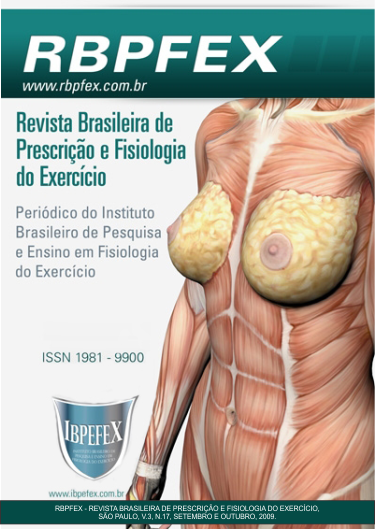Thoracic deformities: can the exercises be efficient in the conservative treatment?
Abstract
Respiration is a complex process that involves both mechanical and biochemical steps with repercussions on the whole body. The diaphragm is the major muscle of breathing, with important roles in the biomechanics of the rib cage and posture organization. However, a subject who has any static or dynamic morphofunctional disarrangement could change your respiratory function, the same way, that the opposite may be true. The spine mobility, specially thoracic region, is allowed not only the vertebrae, but also for their connection with the rib cage, which presents itself as a flexible structure that allows us scale breathes. These thorax properties – shape and elasticity- are needed for its function and makes this is easily deformable, reason why the frequency of thoracic changes are so high, especially in children. The treatment options for thoracic deformities were for the last few years limited by thoracic surgery, but currently it’s only an indication planned for the most serious cases, since good results have been obtained with the conservative techniques. Exercises are used like that and the objective of this review is to present the benefits of physical activity as an alternative for conservative treatment for subjects with thoracic deformities and respiratory changes.
References
- Coelho, M.S.; Guimarães, P.S.F. Pectus carinatum. J Bras Pneumol. 2007; Vol. 33. Num. 4. 2007. p. 463-474.
- Coelho, M.S.; Guimarães, P.S.F. Pectus Excavatum: Abordagem Terapêutica. J Bras Pneumol. Vol. 34. Num. 6. Nov./Dez. 2007.
- Grivas, T.B.; Burwell, R.G.; Purdue, M.; Webb, J.K.; Moulton, A. A segmental analysis of thoracic shape in chest radiographs of children. Changes related to spinal level, age, sex, side and significance for lung growth and scoliosis. J. Anat. Vol. 178. 1991. p. 21-38.
- Haje, D.P.; Haje, A.S.; Simioni, M.A. Prevalência das deformidades pectus carinatum e pectus excavatum em escolares do Distrito Federal. Brasília Med. Vol. 39. Num. 1/4. 2002. p. 10-15.
- Kapandji, A.I. Fisiologia articular: tronco e coluna vertebral. 5ed. Guanabara koogan: São Paulo, 2000. p. 134-160.
- Kisner, C.; Colby, L.A. Exercícios terapêuticos: fundamentos e técnicas. 3.ed. São Paulo: Manole, 1998. p. 520-577; 634-671.
- Koumbourlis, A.C. Scoliosis and the respiratory system. Paediatric Respiratory Reviews. Vol. 7. 2006. p. 152–160.
- Paulin, E.; Brunetto, A.F.; Carvalho, C.R.F. Efeitos de programa de exercícios físicos direcionado ao aumento da mobilidade torácica em pacientes portadores de doença pulmonar obstrutiva crônica. J. Pneumologia. 2003, Vol. 29. Num. 5. 2003. p. 287-294.
- Tribastone. F. Tratado de exercícios corretivos aplicados à reeducação motora postural. São Paulo: Editora Manole, 2001.
- Teixeira, L. Atividade física e saúde adaptada: da teoria à prática. São Paulo: Phorte. 2008.
- Zorab, P.A. Respiratory tract disease: chest deformities. British Medical Journal. Vol.1. 1966. p. 1155-1556.
Authors who publish in this journal agree to the following terms:
- Authors retain the copyright and grant the journal the right of first publication, with work simultaneously licensed under the Creative Commons Attribution License BY-NC which allows the sharing of the work with acknowledgment of the authorship of the work and initial publication in this journal.
- Authors are authorized to enter into additional contracts separately for non-exclusive distribution of the version of the work published in this journal (eg, publishing in institutional repository or book chapter), with acknowledgment of authorship and initial publication in this journal.
- Authors are allowed and encouraged to post and distribute their work online (eg, in institutional repositories or on their personal page) at any point before or during the editorial process, as this can bring about productive change as well as increase impact and impact. citation of published work (See The Effect of Free Access).






